Growing Patient Population
The hospital acquired-infections market is significantly influenced by the growing patient population in the United States. As the population ages and the prevalence of chronic diseases increases, more individuals are seeking medical care, leading to higher hospital admissions. According to the U.S. Census Bureau, the population aged 65 and older is projected to reach 80 million by 2040, which will likely result in an increased number of surgical procedures and hospital stays. This demographic shift creates a larger pool of patients who are at risk for hospital acquired infections. Consequently, healthcare facilities are compelled to enhance their infection control measures to protect vulnerable populations. The rising patient volume is expected to drive demand for innovative solutions in the hospital acquired-infections market, as hospitals strive to minimize infection rates and improve patient outcomes.
Increased Regulatory Scrutiny
The hospital acquired-infections market is experiencing heightened regulatory scrutiny as healthcare authorities implement stricter guidelines to combat infection rates. Regulatory bodies, such as the Centers for Disease Control and Prevention (CDC) and the Centers for Medicare & Medicaid Services (CMS), are enforcing compliance measures that require hospitals to adopt rigorous infection control protocols. This regulatory environment is likely to drive investments in advanced infection prevention technologies and practices. Hospitals that fail to comply may face financial penalties, which could reach millions of dollars annually. As a result, the market is witnessing a surge in demand for products and services that ensure compliance with these regulations, thereby fostering growth in the hospital acquired-infections market. The emphasis on accountability and transparency in infection reporting is also expected to enhance the overall quality of care provided to patients.
Rising Healthcare Expenditure
The hospital-acquired infections market is poised for growth due to rising healthcare expenditure in the United States.. Increased funding for healthcare services allows hospitals to invest in advanced infection prevention measures and technologies. According to the National Health Expenditure Accounts, healthcare spending in the U.S. is projected to reach $6 trillion by 2027, which will likely include significant allocations for infection control initiatives. This financial commitment enables healthcare facilities to implement comprehensive infection prevention programs, hire specialized staff, and procure state-of-the-art equipment. As hospitals strive to enhance patient safety and reduce infection rates, the hospital acquired-infections market is expected to benefit from this upward trend in healthcare spending, leading to improved outcomes for patients and healthcare providers alike.
Heightened Awareness of Patient Safety
The hospital-acquired infections market is increasingly driven by heightened awareness of patient safety among healthcare providers and patients alike.. As information regarding the risks associated with hospital acquired infections becomes more widely disseminated, there is a growing demand for effective infection prevention strategies. Healthcare organizations are prioritizing patient safety initiatives, which often include comprehensive training programs for staff and the implementation of best practices in infection control. This cultural shift towards prioritizing patient safety is likely to result in increased investments in the hospital acquired-infections market, as hospitals seek to adopt evidence-based practices and technologies that minimize infection risks. Furthermore, patient advocacy groups are actively promoting awareness campaigns, further influencing healthcare providers to enhance their infection prevention efforts.
Advancements in Infection Control Technologies
The hospital-acquired infections market is benefiting from advancements in infection control technologies that enhance the ability to prevent and manage infections.. Innovations such as automated disinfection systems, real-time monitoring devices, and advanced sterilization techniques are becoming increasingly prevalent in healthcare settings. For instance, the market for automated disinfection systems is projected to grow at a CAGR of 15% from 2025 to 2030, reflecting the increasing reliance on technology to mitigate infection risks. These technologies not only improve the efficiency of infection control practices but also provide healthcare professionals with valuable data to make informed decisions. As hospitals adopt these cutting-edge solutions, the hospital acquired-infections market is likely to expand, driven by the need for effective infection prevention strategies in an evolving healthcare landscape.


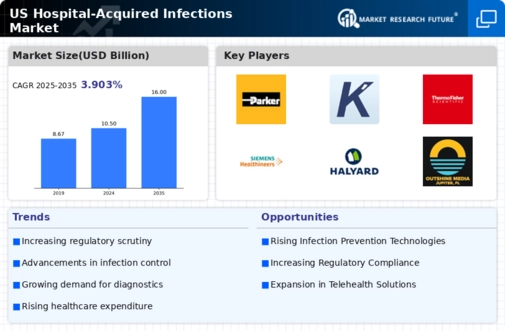
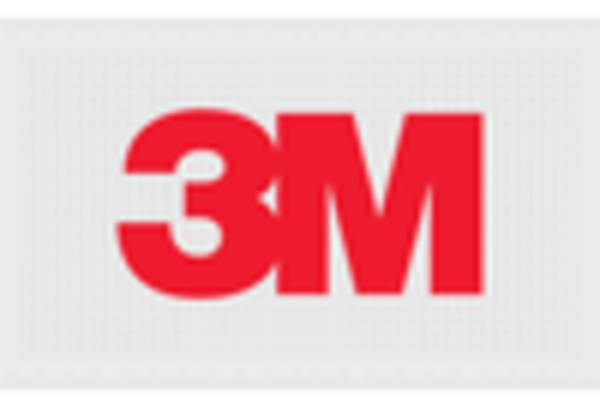

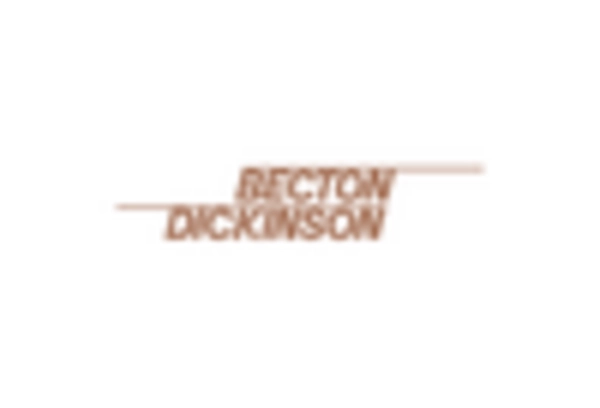

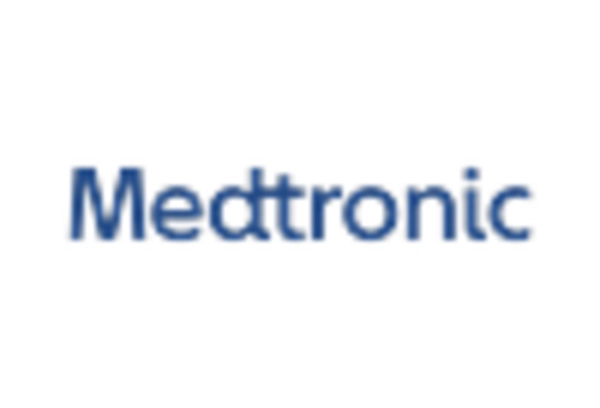
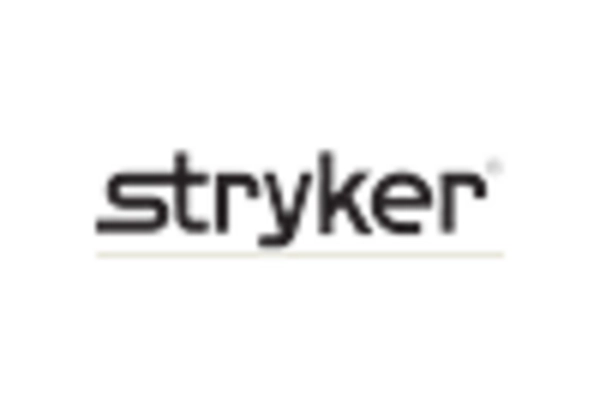








Leave a Comment